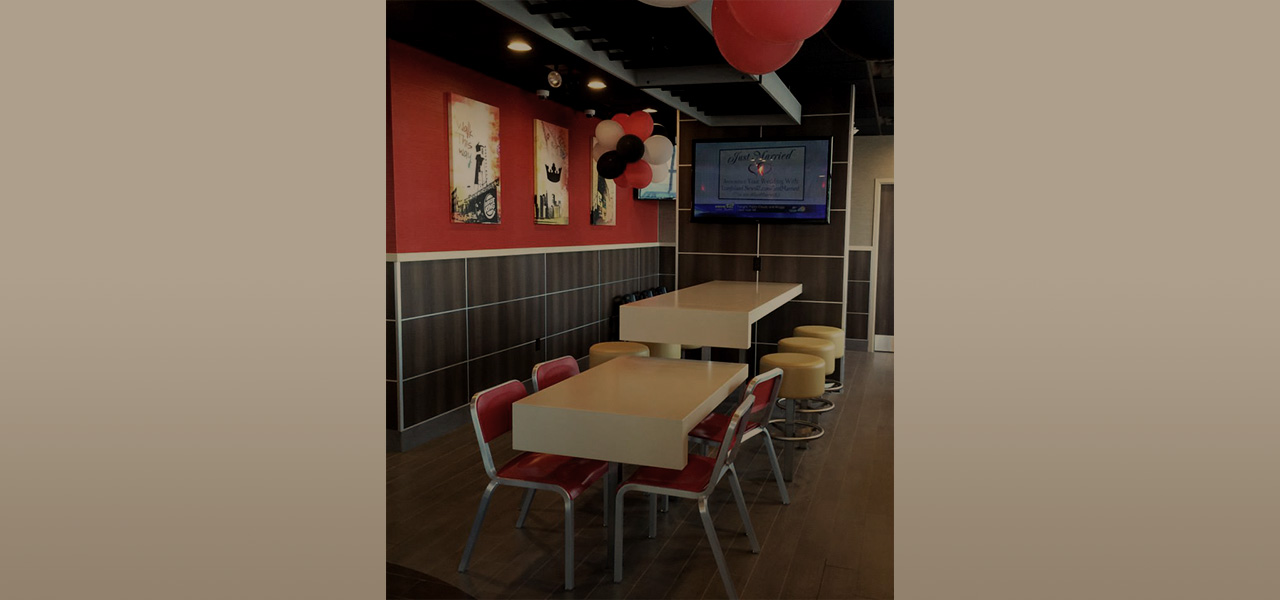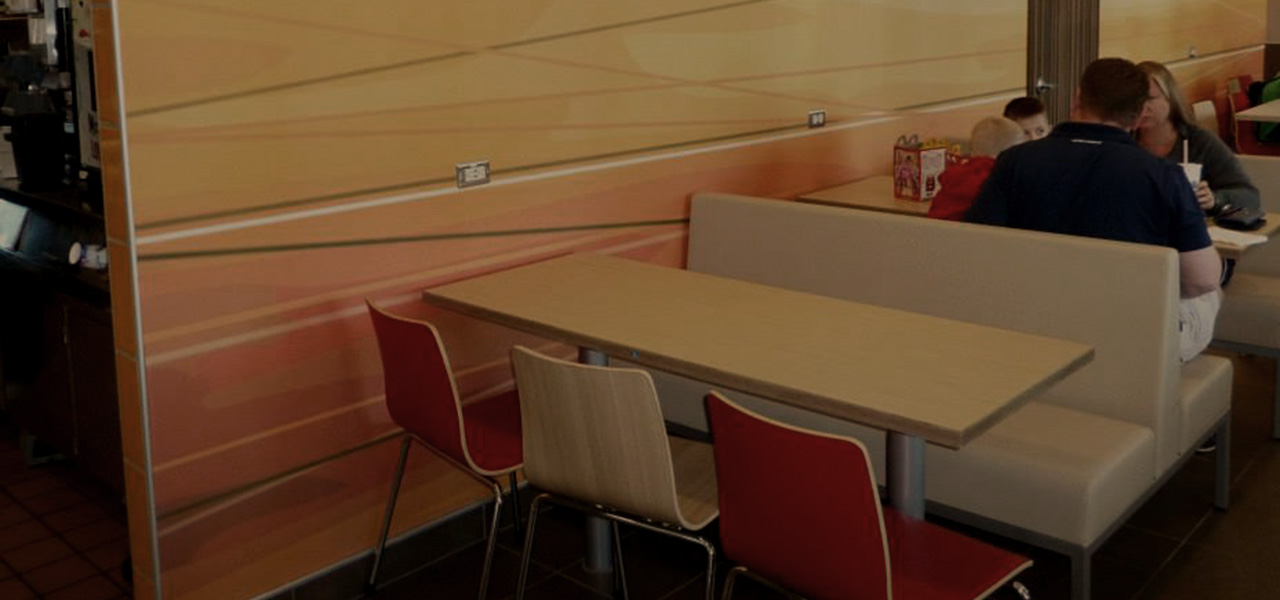FCC Commercial Furniture is located in Roseburg, Oregon. They are a privately held American designer and manufacturer of commercial furniture. With sales offices in every region of the United States, FCC commercial Furniture services clients from coast to coast. Capabilities include wood, metal, upholstery, plastic and composite processes. Owners Gary and Scott Crowe have committed time, financial support and other key resources to enfranchise their 100-person team to find ways of minimizing waste while maximizing value as perceived by the customer.
Success Story
FCC Commercial Furniture
Industry
Location
Date Founded
Number of Employees
Background



$124,000
16%
50%
The Situation
Due to the high mix, low volume mix in customer orders, and despite recent positive growth, the team has experienced significant issues with throughput, including bottleneck areas both upstream and downstream. They found that many employees were waiting on work, while others were overworked, meaning that production was uneven. Their WIP inventory was significant and throughput was not consistent. Because the organization has been set up in functional departments, there has been unacceptable levels of non-value added activities (e.g.: batching of products and searching for materials). A second event in the wood laminating department uncovered the fact that 12 people were spending a combined 24 hours per day searching and moving materials, walking miles per day to communicate with other departments and waiting unnecessarily for information or product to work on.
The Solution
The ‘before’ condition in final assembly was documented and studied using a technique called Value Stream Mapping. This process identified the value added activities and separates them from any non-value added activity such as moving, stacking, counting etc. The team identified a number of areas for improvement and began reducing the amount of WIP (Work In Process) inventory. In one experiment the team compared the throughput time it normally required to produce a ‘store’ or restaurant (measured in days). By practicing what the team called “Pick it up – Finish it”, they were able to produce one entire store worth of material in 55 minutes. This required balancing the line using standard work.
Prior to the exercise, some people were over-worked and others were under-utilized. This was a hidden form of waste, as was the stacking and unstacking of material. These materials would degrade or become damaged during delays as people started and stopped working on dozens of projects, trying to keep busy. Today, no one starts a job unless it can be finished. Everyone works to balance the flow so material does not stack up. This requires cross-training and a willingness on the part of the entire team to move toward the bottleneck process and lend a hand (flushing out a choke point) when needed.
A second exercise in the wood department led the team to establish a ‘water-strider’. The water strider is responsible to ensure each team member was provided all the tools and resources necessary to produce the job they are working on, without having to leave his/her work station. A blue flashing light notifies the water-strider of a need long before the assembly operator runs out of material or information necessary for them to successfully complete their tasks. This has saved a combined 16 hours of labor per day.
The Results
FCC remains a competitive US manufacturer of high quality commercial furniture, employing innovative and committed employees. This organization has Lean Thinking firmly entwined into the strands of their individual and collective DNA. Through the application of operational excellence techniques collectively known as Lean Thinking, FCC Commercial Furniture has shortened lead times, reduced inventories, improved facilities layout, eliminated non-value added activities and smoothed out their production flow.
FCC Commercial Furniture adds more empirical data to prove that Lean Thinking and continuous improvement will work in a high mix low volume environment. They are setting the pace for all who will follow, ensuring the customer is getting just what they need, just when they need it, at a cost that makes them an attractive alternative for the retail, hospitality, and restaurant Industry. Along the way, they are keeping 100 American workers happily employed.
Learn how you Can Get a No-Cost Assesment in Your Facility Today!
GET IN TOUCH
Who would have thought that shop floor people would be doing industrial engineering type work, calculating takt-times (pace of work) and determining equipment requirements? We are developing business thinkers at every level of this organization.
